Art History
Marcel Duchamp Wasn’t the Only Artist With an Alter Ego. Here Are 6 of the Greatest Art Aliases of All Time
These artists beg the question: What's in a name?
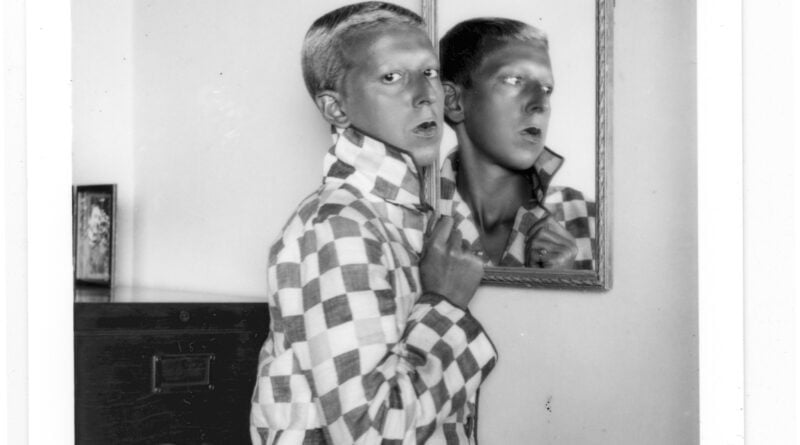
These artists beg the question: What's in a name?

Katie White

We all have hidden selves, but rarely do people name them, let alone give them an entire body of work.
The idea of the alter ego is an ancient one. Cicero coined the term, describing it as a kind of alternative self, a “trusted friend.” Centuries later, Robert Louis Stevenson imbued the alter ego with a notorious tilt after writing his famed 1886 novella The Strange Case of Dr Jekyll and Mr Hyde.
Musicians, for their part, have often embraced other selves as a means of experimenting with new sounds or styles: David Bowie had Ziggy Stardust, Beyoncé has Sasha Fierce, and (as every person of a certain age knows) Miley Cyrus had Hannah Montana.
Many artists, too, have cultivated alter egos, occasionally to the bafflement of the public. If that comes as news to you, please let this be your introduction to six of art history’s most infamous, interesting, and outlandish alter egos.
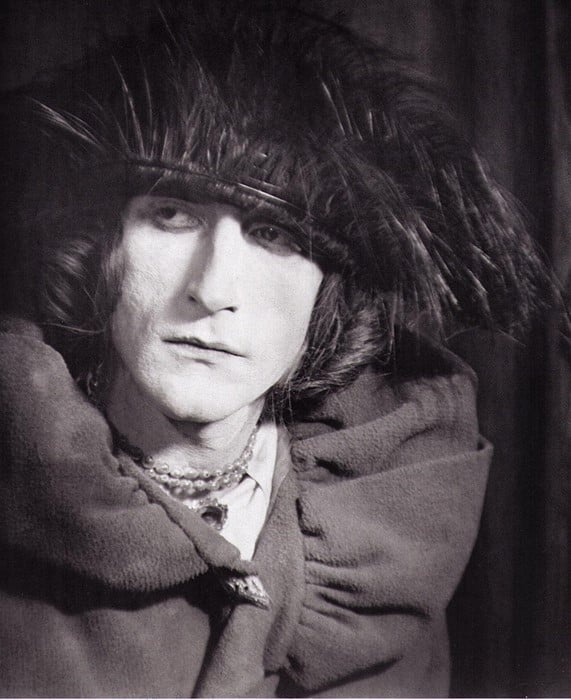
Man Ray, Rrose Sélavy (Marcel Duchamp) (1921). Courtesy of Wikimedia Commons.
Who’s Who?: Rrose Sélavy (Marcel Duchamp)
Origin Story: A few years after introducing the world to the readymade with his infamous 1914 Bottle Rack, Marcel Duchamp surprised the art world again when he debuted Rrose Sélavy, his female alter ego.
The name was a riff on the French phrase “Eros, c’est la vie” (Eros is life). For whatever reason, a second “r” was added to the name in 1921 when Sélavy added her signature to Francis Picabia’s collage L’Oeil Cacodylate.
Artistic License: Rrose Sélavy was an artist, muse, and creative experiment all in one. Sélavy sat for a number of now-famous portraits by Man Ray and Florine Stettheimer, and Duchamp credited a number of sculptures to her.
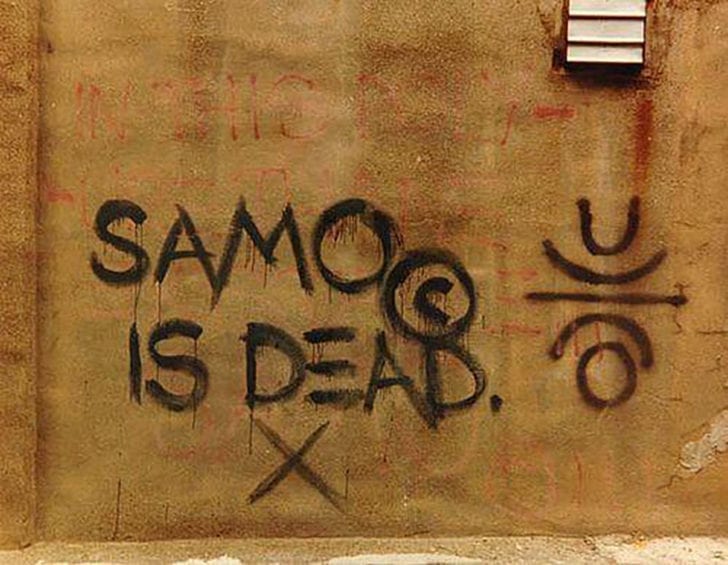
A SAMO tag declaring, somewhat antithetically, that SAMO is dead. Photo courtesy YouTube.
Who’s Who?: SAMO (Jean-Michel Basquiat)
Origin Story: While still in high school, Basquiat first gained glimmers of fame as “SAMO,” a graffiti tag he used that stood for “same old shit.”
Basquiat and his friend and collaborator Al Diaz invented the character while still in high school, and the pair often added a copyright symbol to the end of the tag in a signature gesture. “It was supposed to be a logo, like Pepsi,” Basquiat explained of the addition.
Artistic License: The duo tagged SAMO throughout Lower Manhattan and Brooklyn between 1977 and 1980, and when the collaboration came to an end that year, Basquiat killed off the alter-ego, with a bevy of tags declaring “SAMO is dead.”
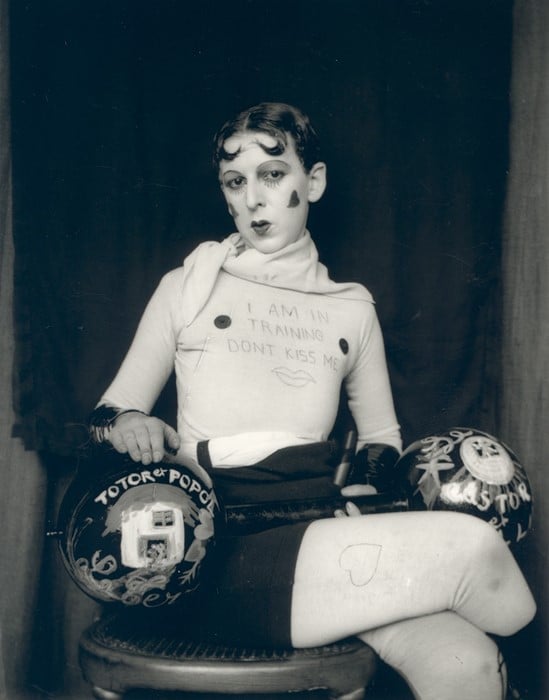
Claude Cahun, Self-Portrait (1927). Courtesy of Jersey Heritage Collections.
Who’s Who?: Lucy Schwob (Claude Cahun)
Origin Story: This is one case where the alias is the star of the show.
The French-born Surrealist photographer, sculptor, and writer Claude Cahun was born Lucy Schwob, but adopted the alter-ego early in her career. What’s more, her lifelong lover, step-sister, and collaborator Suzanne Malherbe also had an alter-ego, by the name Marcel Moore. In Paris, the couple were friends with the likes of Man Ray and André Breton. The latter famously called Cahun, “one of the most curious spirits of our time.”
Artistic License: Cahun’s artistic practice could be interpreted as one extended exploration of role-playing. Her gender-bending photographic portraits imagine her as figures from a boxer to a masked theatrical performer and everything in between. “Behind the mask, another mask,” Cahun once wrote.
Leaving Paris in the 1930s amid rising anti-Semitism (Cahun’s father was Jewish), the pair headed to the isle of Jersey, off the coast of England, hoping to escape. Soon after, however, the island came under Nazi occupation. This time, the couple decided to stay put, and staged Dada-inspired interventions intended to create dissent within German military ranks, including sneaking notes about the absurdity of war into soldiers’ uniform pockets while disguised as men.
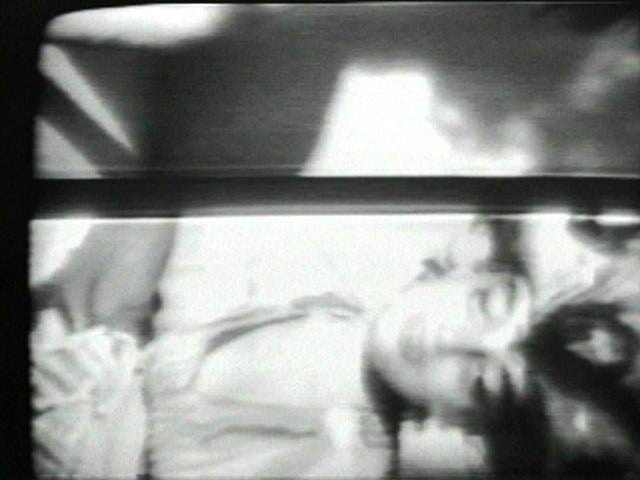
Joan Jonas, Vertical Roll (1972). Still courtesy of Joan Jonas/Artist Rights Society (ARS), New York/Gladstone Gallery, New York and Brussels.
Who’s Who?: Organic Honey (Joan Jonas)
Origin Story: Video art pioneer Joan Jonas has often pushed the limits of self-reflection and the omnipresent male gaze, so it’s perhaps unsurprising that she would turn that lens onto her own identity. In her early video works from the 1970s, Jonas often appears as Organic Honey, a glamorous alter ego.
Artistic License: Organic Honey appears as a protagonist in many of Jonas’s early video works, including her seminal Vertical Roll (1972), in which she appears wearing a disturbingly doll-like mask and donning a feathered headdress.
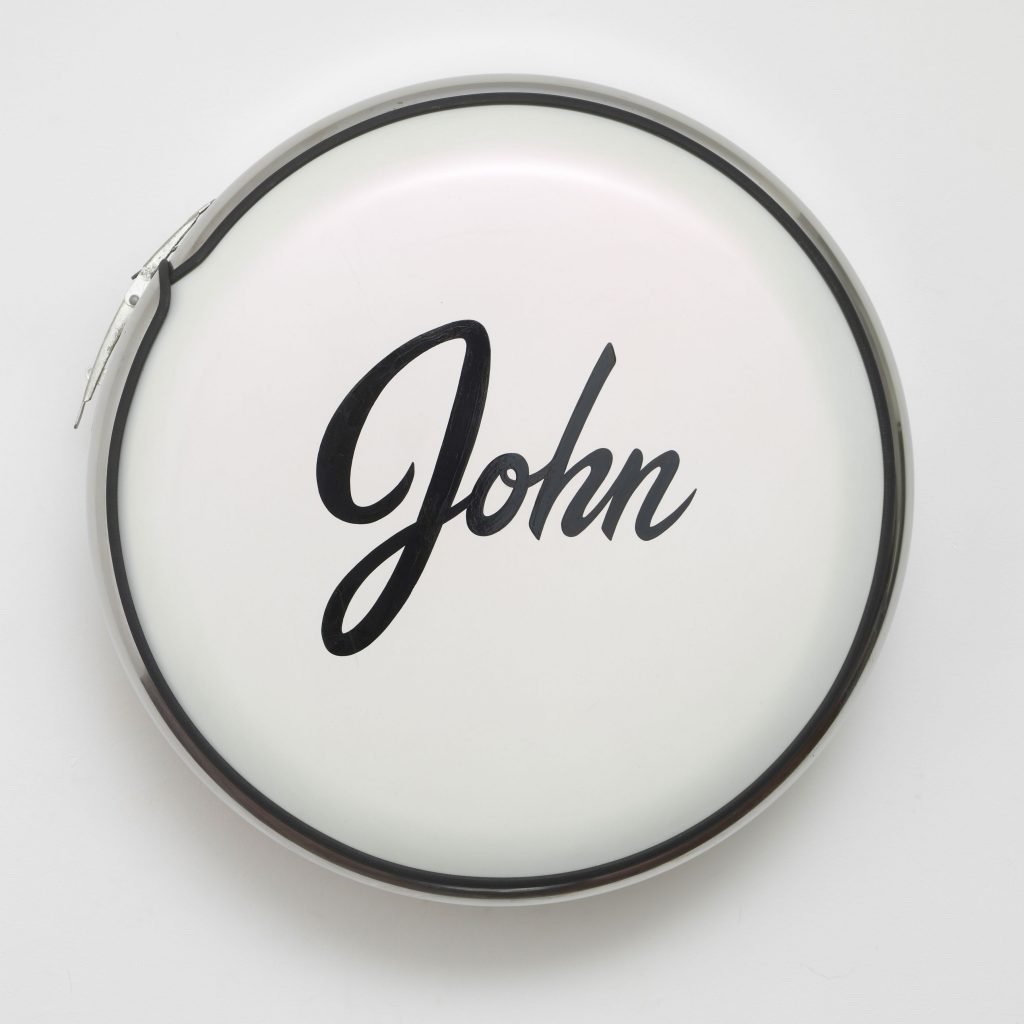
John Dogg, John Not Johnny (1987). Courtesy of Venus of Manhattan.
Who’s Who?: John Dogg (Richard Prince)
Origin Story: Richard Prince is notorious for appropriating familiar imagery—and his alter ego John Dogg is really no exception.
Prince has said that he fashioned Dogg as a version of a minimalist Neal Cassady, the legendary Beat Generation writer (and star character in Jack Kerouac’s On the Road). Prince came up with the persona in collaboration with dealer Colin de Land after deciding he wanted to show his work under a pseudonym.
Artistic License: A number of works from the late 1980s are credited to Dogg, primarily ones that take car culture as their focus. Prince and De Land kept up the ruse for a number of years, with the duo occasionally publishing under Dogg’s name. Another fun fact: Prince’s friend, the writer Rachel Kushner, gave the name to a character in her novel The Flamethrowers.
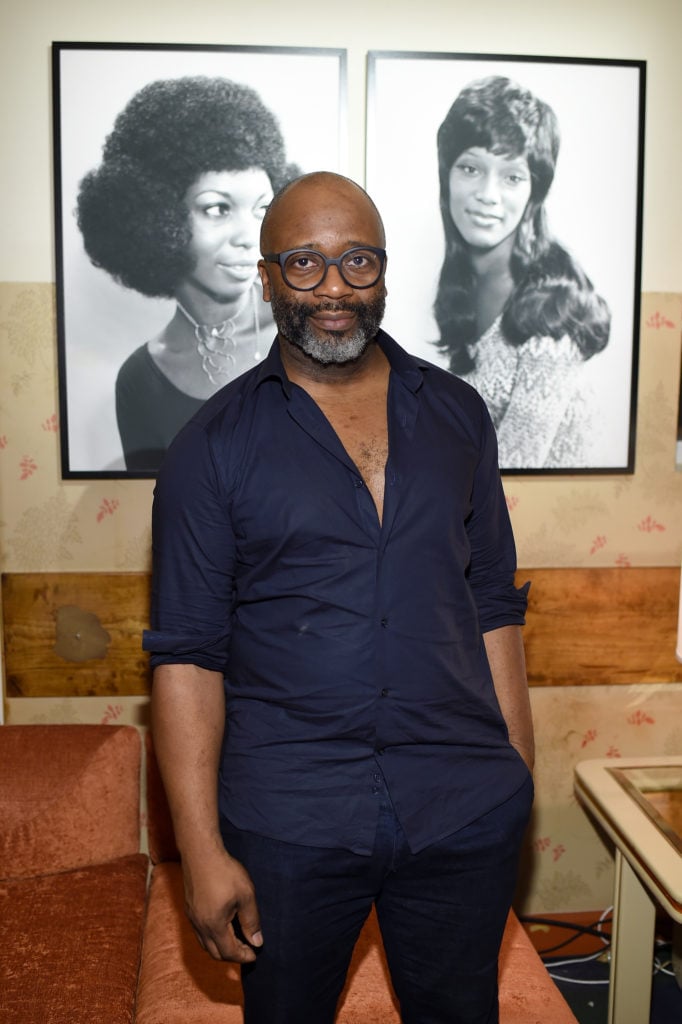
Theaster Gates at Prada Mode Miami. Photo by Dimitrios Kambouris/Getty Images for Prada.
Who’s Who?: Shoji Yamaguchi (Theaster Gates)
Origin Story: While this alter-ego was short-lived, its boldness merits a mention.
In 2007, Theaster Gates made an appearance at the exhibition opening of a little-known Japanese master ceramicist named Shoji Yamaguchi. Though Yamaguchi was an obscure figure, Gates told all present an enthralling story about meeting the artist way back in 1985. Following the bombing of Hiroshima, Yamaguchi had moved from Japan to Mississippi, where he married a Black Civil Rights activist and, over the years, designed plates specifically for soul food. The artist, sadly, had died in a car accident, but his son, who was present at the opening, was preserving his legacy.
Artistic License: Many were captivated and began to inquire about works. Only at the end of the night did Gates reveal that Shoji Yamaguchi was an invention of his own imagination, and the son a hired actor. The tricksterism of the night was meant to reveal the artifice of the art world and the biographical narratives eagerly construct around art-making.